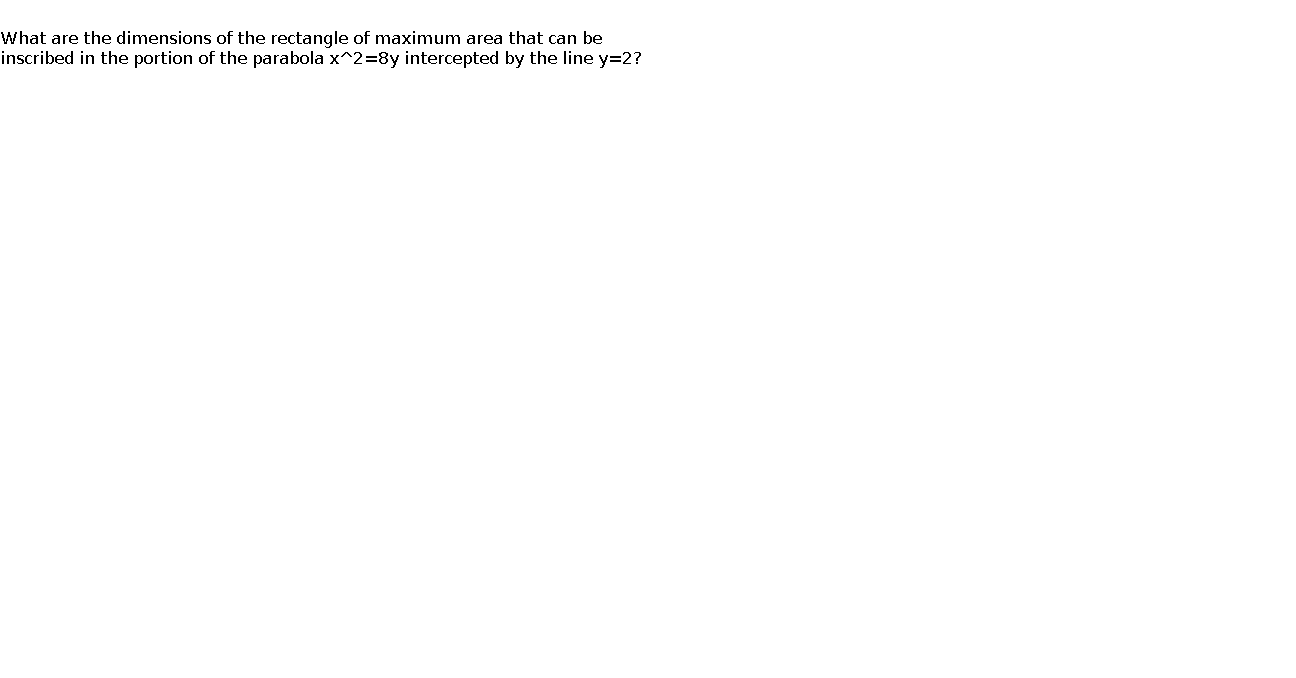
Question and Answers Forum
Question Number 136006 by liberty last updated on 17/Mar/21

Answered by mr W last updated on 18/Mar/21

Commented byotchereabdullai@gmail.com last updated on 17/Mar/21

Commented byliberty last updated on 17/Mar/21

Commented byliberty last updated on 18/Mar/21

Commented bymr W last updated on 18/Mar/21

Answered by liberty last updated on 17/Mar/21

